Your cart is currently empty!
Tag: Save
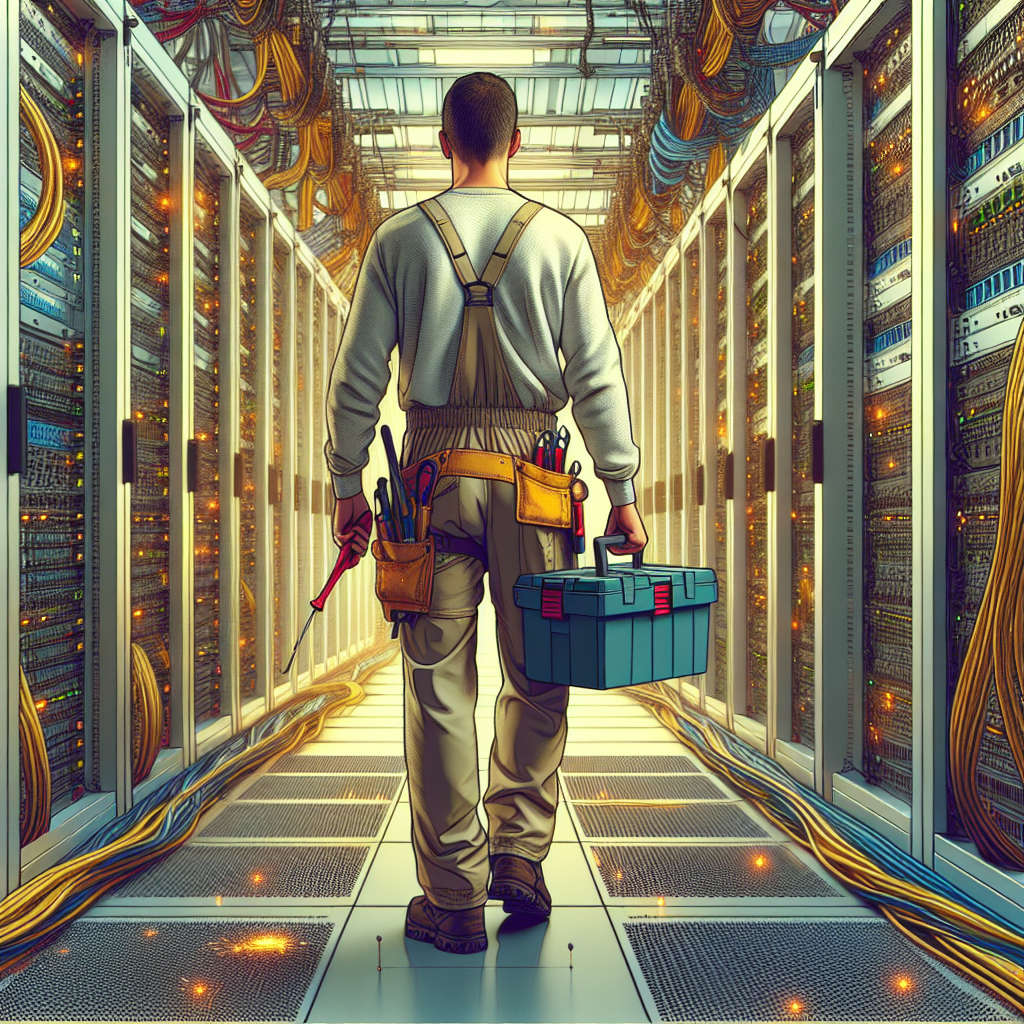
How Reactive Maintenance Can Save Your Data Center from Downtime
Data centers are the backbone of many businesses, housing critical systems and infrastructure that keep operations running smoothly. Downtime in a data center can have disastrous consequences, leading to lost revenue, damaged reputation, and compromised data security. That’s why it’s essential for data center operators to be proactive in their maintenance efforts.One approach to maintenance that is gaining popularity is reactive maintenance. Reactive maintenance involves responding to issues as they arise, rather than following a strict schedule of preventive maintenance. While preventive maintenance is important for catching potential problems before they escalate, reactive maintenance can also play a crucial role in keeping a data center up and running.
One of the key benefits of reactive maintenance is its ability to address issues quickly. When a problem arises in a data center, time is of the essence. By responding promptly to issues, data center operators can minimize downtime and prevent further damage to critical systems. This can be especially important in a data center environment, where even a few minutes of downtime can have significant consequences.
Reactive maintenance can also be more cost-effective than preventive maintenance in some cases. Preventive maintenance requires regular inspections and maintenance activities, which can be time-consuming and costly. In contrast, reactive maintenance only requires resources when an issue arises, making it a more efficient use of resources in some situations.
However, it’s important to note that reactive maintenance should not be relied on as the sole maintenance strategy for a data center. Preventive maintenance is still essential for identifying and addressing potential issues before they cause downtime. By combining reactive and preventive maintenance strategies, data center operators can ensure that their critical systems are well-maintained and less prone to unexpected failures.
In conclusion, reactive maintenance can play a crucial role in saving a data center from downtime. By responding quickly to issues and minimizing downtime, data center operators can keep their operations running smoothly and avoid costly disruptions. While preventive maintenance is still important, incorporating reactive maintenance into a comprehensive maintenance strategy can help data centers stay ahead of potential issues and ensure the reliability of their critical systems.
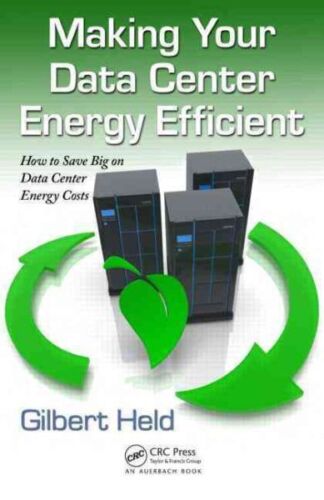
Making Your Data Center Energy Efficient : How to Save Big on Data Center Ene…

Making Your Data Center Energy Efficient : How to Save Big on Data Center Ene…
Price : 114.05
Ends on : N/A
View on eBay
rgy CostsIn today’s digital age, data centers play a crucial role in storing and processing vast amounts of information. However, with the increasing demand for data storage and processing power, data centers are also becoming significant consumers of energy. In fact, data centers are known to consume massive amounts of electricity, leading to high energy bills and environmental impact.
If you’re looking to make your data center more energy-efficient and save big on energy costs, here are some tips to consider:
1. Optimize Cooling Systems: Data centers require constant cooling to maintain optimal temperatures for equipment. By implementing efficient cooling systems and airflow management techniques, you can reduce energy consumption significantly.
2. Use Energy-Efficient Equipment: When upgrading or replacing equipment in your data center, opt for energy-efficient servers, storage devices, and networking equipment. Look for ENERGY STAR certified products that meet energy efficiency standards.
3. Implement Virtualization: Virtualization technology allows you to consolidate multiple servers onto a single physical server, reducing the number of servers needed and lowering energy consumption.
4. Utilize Renewable Energy Sources: Consider using renewable energy sources such as solar or wind power to supplement your data center’s energy needs. This can help reduce reliance on traditional grid power and lower energy costs.
5. Monitor and Analyze Energy Usage: Implement energy monitoring tools to track and analyze energy usage in your data center. By identifying areas of high energy consumption, you can make targeted improvements to increase efficiency.
6. Implement Energy-Efficient Lighting: Use energy-efficient LED lighting in your data center to reduce electricity usage and lower energy bills.
7. Conduct Regular Energy Audits: Schedule regular energy audits to identify areas for improvement and track energy consumption trends over time. This can help you make informed decisions on energy-saving initiatives.
By implementing these energy-efficient practices, you can make your data center more sustainable, reduce energy costs, and minimize environmental impact. Making the switch to energy-efficient technologies and practices not only benefits your bottom line but also contributes to a greener future for our planet.
#Making #Data #Center #Energy #Efficient #Save #Big #Data #Center #Ene..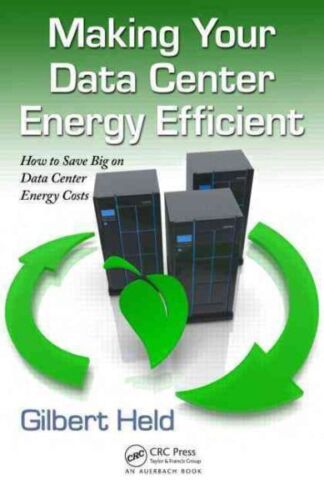
Making Your Data Center Energy Efficient : How to Save Big on Data Center Ene…

Making Your Data Center Energy Efficient : How to Save Big on Data Center Ene…
Price : 114.04
Ends on : N/A
View on eBay
rgy CostsIn today’s digital age, data centers are crucial for storing and processing large amounts of data. However, data centers can also be energy-intensive, leading to high electricity bills and environmental impact. In order to save money and reduce energy consumption, it’s important to make your data center more energy efficient. Here are some tips on how to do just that:
1. Virtualize servers: By consolidating multiple physical servers onto fewer virtual servers, you can reduce the overall energy consumption of your data center. Virtualization allows you to maximize the use of server resources and reduce the number of servers that need to be powered on at any given time.
2. Use energy-efficient hardware: When upgrading or replacing servers, storage devices, and networking equipment, opt for energy-efficient models that are ENERGY STAR certified. These devices are designed to consume less power while still delivering high performance.
3. Implement hot aisle/cold aisle containment: By separating the hot and cold air streams in your data center, you can prevent hot air from mixing with cold air and improve the overall efficiency of your cooling system. This can help reduce the workload on your cooling equipment and lower energy usage.
4. Optimize airflow: Make sure that air vents, floor tiles, and other airflow components are properly positioned to maximize airflow and cooling efficiency. By ensuring that cool air is delivered to where it’s needed most, you can reduce the overall energy consumption of your data center.
5. Monitor and manage power usage: Implement energy monitoring tools to track and analyze power usage in your data center. By identifying areas of high energy consumption, you can make informed decisions on how to optimize energy usage and reduce costs.
By implementing these energy-saving tips, you can make your data center more efficient and reduce your energy costs. Not only will this help you save money, but it will also reduce your environmental footprint and contribute to a more sustainable future.
#Making #Data #Center #Energy #Efficient #Save #Big #Data #Center #Ene..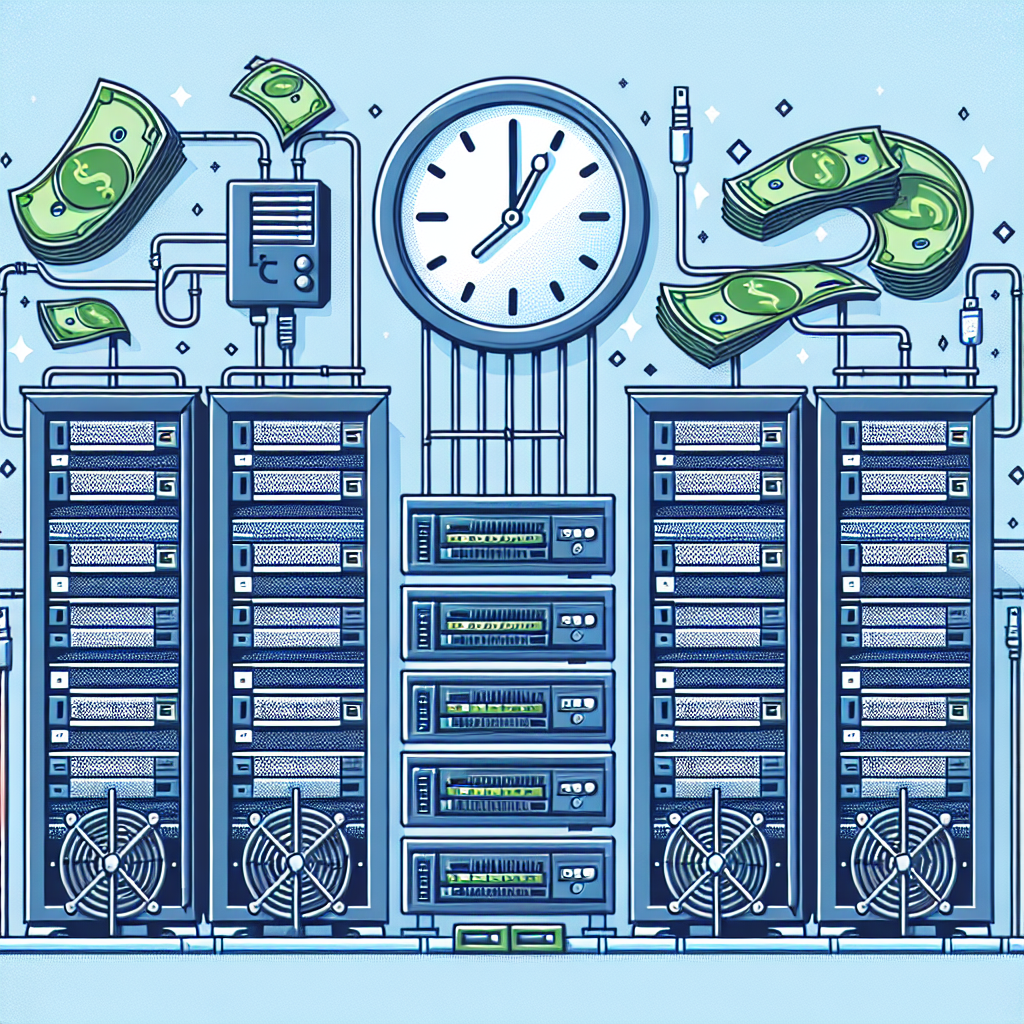
How Data Center Lifecycle Management Can Save Your Business Time and Money
In today’s digital age, data centers play a crucial role in the operations of businesses of all sizes. These facilities house the servers and networking equipment that store and process data, ensuring that critical information is accessible at all times. However, managing a data center can be a complex and costly endeavor, requiring careful planning and maintenance to ensure optimal performance and reliability.One key aspect of data center management is lifecycle management, which involves overseeing the entire lifespan of the equipment and systems within the facility. By implementing a comprehensive lifecycle management strategy, businesses can save time and money by maximizing the efficiency and longevity of their data center infrastructure.
One way that data center lifecycle management can save businesses time and money is by helping to identify and address potential issues before they become major problems. By regularly assessing the performance and condition of equipment, IT professionals can proactively address issues such as hardware failures, cooling system malfunctions, and power outages, preventing costly downtime and data loss.
Additionally, lifecycle management can help businesses optimize their data center infrastructure to improve efficiency and reduce operational costs. By regularly evaluating the performance of servers and networking equipment, businesses can identify opportunities to consolidate or upgrade hardware, leading to lower energy consumption and reduced maintenance expenses.
Furthermore, a well-planned lifecycle management strategy can help businesses extend the lifespan of their data center equipment, reducing the need for frequent replacements and upgrades. By implementing regular maintenance and monitoring protocols, businesses can ensure that their equipment operates at peak performance for as long as possible, maximizing the return on investment and reducing overall capital expenditures.
In conclusion, data center lifecycle management is a critical component of a successful business strategy, helping to save time and money by optimizing the performance and efficiency of data center infrastructure. By proactively managing the lifespan of equipment and systems within the facility, businesses can prevent costly downtime, reduce operational expenses, and extend the longevity of their data center infrastructure. Investing in a comprehensive lifecycle management strategy is essential for businesses looking to maximize the value of their data center investments and ensure the continued success of their operations.
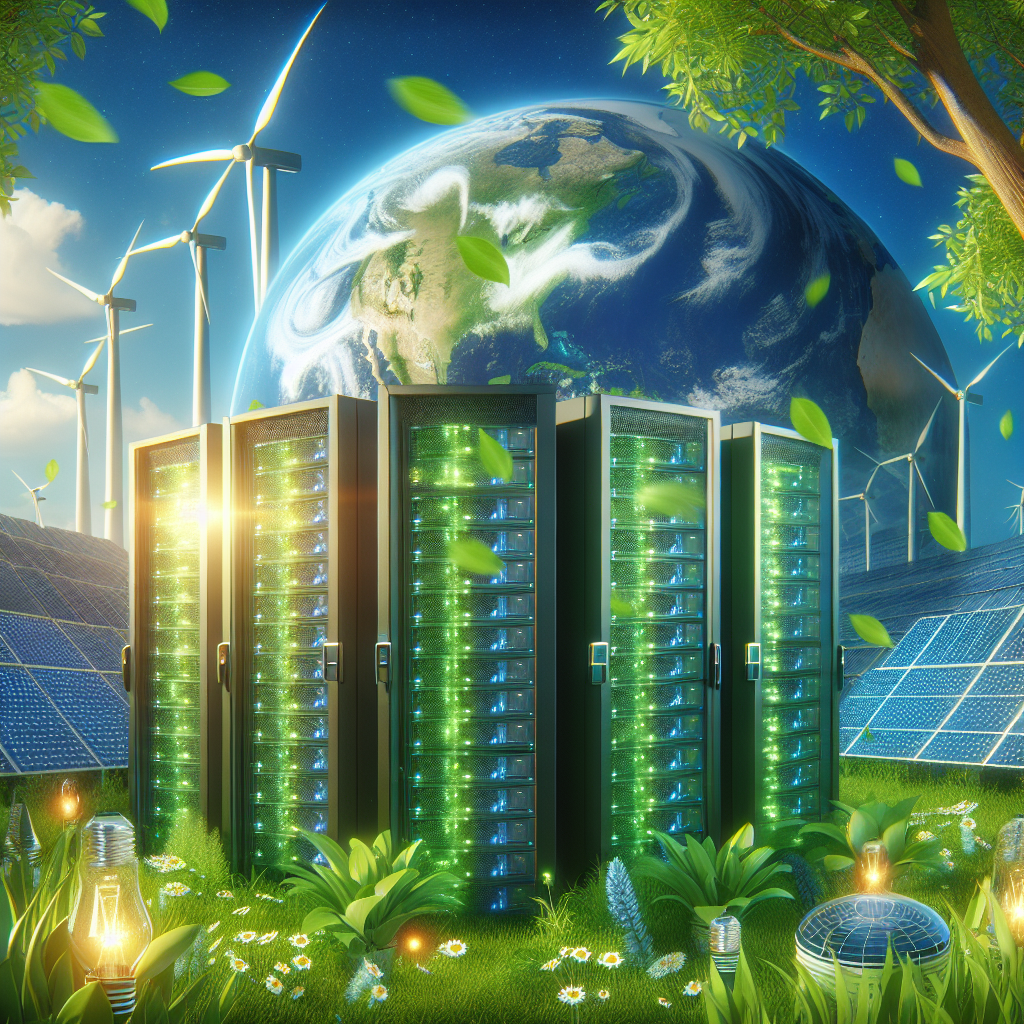
Sustainable Data Centers: How Companies are Going Green to Save the Planet
As the world becomes increasingly reliant on technology, the demand for data centers continues to grow. These facilities house servers, storage devices, and networking equipment that support the vast amount of data generated and processed by businesses and individuals every day. However, the environmental impact of data centers cannot be overlooked. The energy consumption required to power and cool these facilities is significant, leading to high levels of carbon emissions and other environmental concerns.In response to these challenges, many companies are making significant efforts to make their data centers more sustainable. By adopting green practices and technologies, these companies are not only reducing their carbon footprint but also saving money in the long run.
One of the key ways companies are greening their data centers is by investing in energy-efficient infrastructure. This includes using servers and storage devices that consume less power, as well as optimizing cooling systems to reduce energy usage. By implementing these measures, companies can significantly decrease their energy consumption and carbon emissions.
In addition to energy-efficient infrastructure, companies are also turning to renewable energy sources to power their data centers. Solar panels, wind turbines, and other forms of renewable energy are being increasingly used to offset the energy consumption of data centers. By harnessing the power of the sun, wind, and other renewable sources, companies can reduce their reliance on fossil fuels and further decrease their carbon footprint.
Furthermore, companies are implementing innovative cooling techniques to reduce the energy consumption of their data centers. For example, some companies are using outside air to cool their servers instead of traditional air conditioning systems. Others are exploring the use of liquid cooling technology, which is more energy-efficient than traditional air cooling methods.
Moreover, companies are also focusing on recycling and reusing materials within their data centers. By properly disposing of e-waste and repurposing old equipment, companies can minimize their environmental impact and reduce their carbon footprint.
Overall, the shift towards sustainable data centers is a positive development for both businesses and the environment. By investing in green technologies and practices, companies can reduce their energy consumption, lower their carbon emissions, and contribute to a healthier planet. As the demand for data centers continues to grow, it is crucial that companies prioritize sustainability and take proactive steps to protect the environment for future generations.
